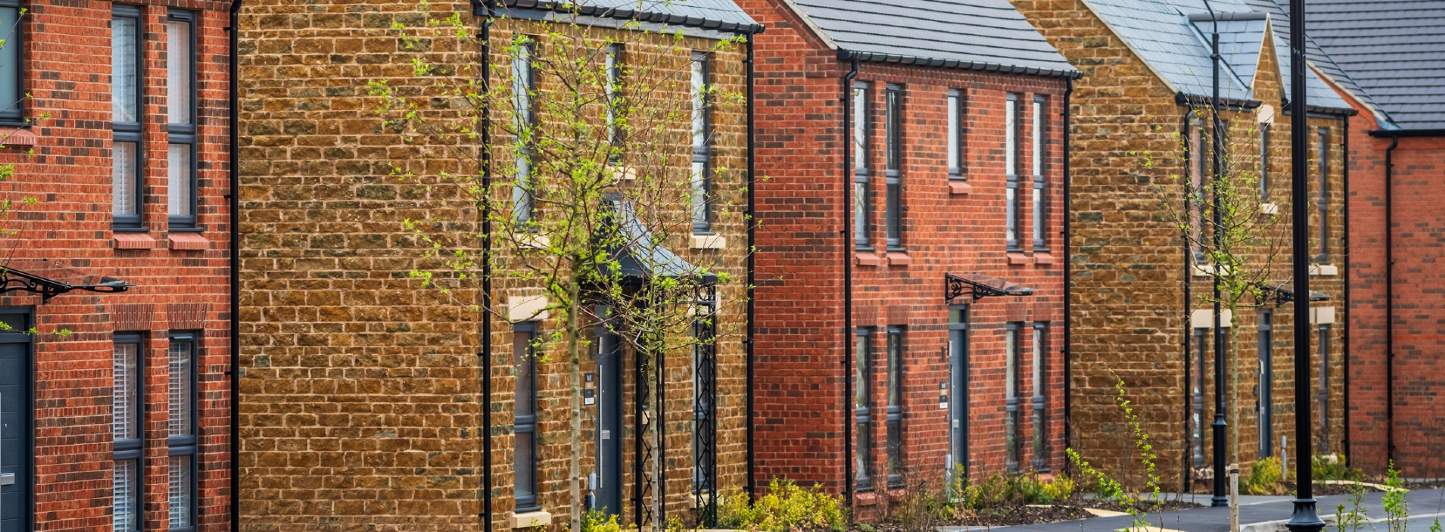The latest housing affordability data has highlighted the limited effectiveness of the Standard Method in ensuring we build enough homes in England. Out-of-date household projections also contribute to a situation that means we are at risk of continuing to undershoot on housing delivery. Together, these two factors demonstrate how important it is that local planning authorities (LPAs) use the Standard Method as an advisory starting point for setting their housing targets, not as the final answer.
Improving affordability?
England needs to build 291,000 homes each year, according to figures from the 2024 standard method local housing need calculation*. This is a fall of 1.8% from the figure of 296,000 homes produced by the calculation in 2023.
The driver behind this fall has been the improvement in house price to earnings ratios over the last year. All regions across England have recorded strong wage growth, outpacing the rate of house price growth according to ONS data.
At a national level, earnings figures used to inform the affordability ratios have increased by 5.5% over the course of the year to £35,106. At the same time, median house prices across the country have risen by just 4.3% to £287,000. Because of this shift, house price to earnings ratios across the country have fallen, with the national figure falling from 8.26 to 8.18 between 2022 and 2023.
The affordability ratios themselves are somewhat of a blunt instrument, ignoring changes to the cost of debt over the last two years which have resulted in spikes in monthly mortgage payments. So despite an improvement in house price to earnings ratios, affordability for mortgaged homeowners has actually deteriorated. Average monthly payments have risen from 20.4% of income at the end of 2021 to 30.6% in Q4 2023.
The impact on standard method calculations
The improvement in affordability ratios has resulted in the standard method calculation producing a lower housing need figure in all regions. The most significant falls have been in the South East and East of England, where housing need fell by over 2.5% over the course of the year, for a combined loss of 2,000 homes. But housing affordability remains constrained, with a ratio of house prices to earnings of 9.65 in the East of England and 10.39 in the South East.

.jpg)
.jpg)


.jpg)
.jpg)
.jpg)
.jpg)
.jpg)
.jpg)